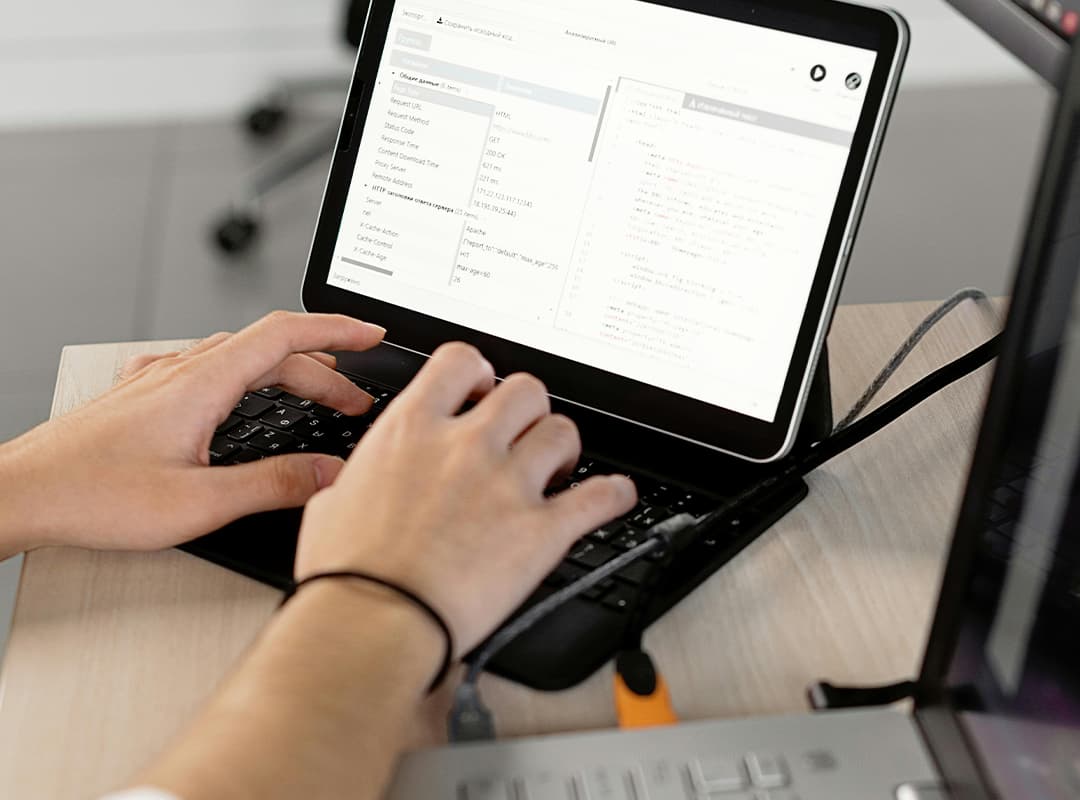Graphics programming can significantly enhance the visual appeal of your applications and games. With QB64, a modern version of QBasic, you have access to powerful graphics capabilities that allow you to create and animate sprites effectively. In this article, we’ll explore the fundamentals of sprite creation and animation in QB64, providing insights that can elevate your programming projects.
What are Sprites?
Sprites are two-dimensional images or animations that are integrated into a larger scene, often used in video games to represent characters, objects, and other graphical elements. They can be static images or animated sequences that give life to your game or application. Understanding how to work with sprites is essential for anyone looking to create visually engaging content.
Creating Sprites in QB64
Creating sprites in QB64 involves several steps, starting with designing the sprite images. You can create these images using any graphic design software or even pixel art tools. The key is to ensure that your sprites are saved in a compatible format (such as BMP or PNG) that QB64 can easily load.
Once you have your sprite images, you can use the LOADIMAGE function in QB64 to load them into your program. This function allows you to display the sprites on the screen at specific coordinates, enabling you to build your graphical scenes effectively.
Animating Sprites
Animation is where the magic happens, and it’s essential for bringing your sprites to life. In QB64, you can animate sprites by changing their position or appearance over time. This is typically achieved through a game loop that updates the sprite’s frame or position on each iteration.
Frame-Based Animation
One common approach to animating sprites is frame-based animation, where you display a sequence of images in quick succession to create the illusion of movement. This involves:
- Preparing Animation Frames: Create multiple images for different frames of your sprite’s animation (e.g., walking, jumping).
- Updating Frames: In your game loop, cycle through the frames at a set interval, drawing the current frame on the screen. This gives the appearance of motion.
Movement and Collision Detection
Alongside animation, you’ll want to implement movement for your sprites. This can be controlled by user input (e.g., keyboard or mouse). Additionally, incorporating collision detection is crucial for interactions between sprites, such as when a character picks up an item or collides with an obstacle.
Using Graphics Libraries
While you can certainly create and manage sprites manually in QB64, there are also graphics libraries available that can simplify the process. These libraries often come with pre-built functions for sprite management, making it easier to focus on game logic and design rather than low-level graphics handling.
Online Resources for Learning
If you’re new to graphics programming or want to deepen your understanding of QB64, many resources are available online. You might start by asking what is QBasic to understand its history and evolution into QB64. Moreover, utilizing an online QBasic compiler can allow you to test and experiment with your graphics code without needing to set up a local development environment.
Mastering graphics and sprite animation in QB64 can significantly enhance your programming skills and open doors to creating engaging applications and games. By understanding how to create, load, and animate sprites, you can add a dynamic visual element to your projects that captivates users.
As you explore the world of graphics programming, leverage online resources and communities to expand your knowledge and troubleshoot challenges. Whether you’re crafting a simple game or a complex application, the skills you develop in sprite animation will serve you well in your programming endeavors.
